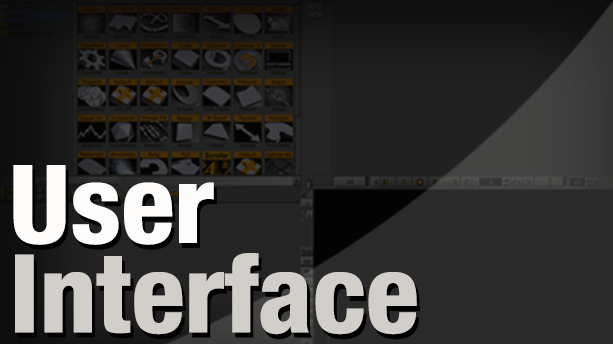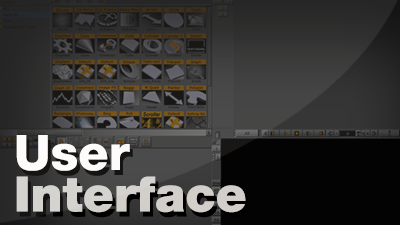Vizrt Artist User Interface
The training videos in this module will introduce you to a different part of the Vizrt Artist user interface. These videos are meant to clearly and quickly give an overview of the different parts of Vizrt Artist user interface. The videos contained in user interface training are comprised of fundamental things you will need to know in order to find and create assets, navigate around the software and do basic functions in Vizrt Artist.
Archive
This video shows you how to archive stuff in Vizrt Artist. Whether you need to archive scenes, images, objects or folders this video will show you all the options of how to archive elements in your server. You can use archive files to back up all of your projects or to send projects back and forth. A useful feature which packages up all your elements in a scene and creates a compressed file for backup. The file extension for an archived project is .via in Vizrt Artist 3.x and .eva for Vizrt Artist 2.8.
Server Projects & Folders
To organize your database in the Server window within Vizrt Artist, one will need to create Projects and Folders. A Project folder is created by clicking or dragging the blue (P) icon into the left column of the Server window. A folder is created by clicking the orange (F) icon to create a Folder within the Project Folder.
Containers
Within Vizrt Artist allow the user access to various windows within the user interface. Containers hold elements which allow one to create a parent/child or (container/sub-container relationship). By clicking on various icons of the container a user can enter different windows of the user interface of the Vizrt Artist software
Double click on an image in the server window and you enter the image editor. From here you can manipulate the image through several methods. Watch the video to go through all the options. Using the image editor is a quick and easy way to make changes to an original image in a scene.
Post Render
This video tutorial shows you how you can render your scenes out into various formats such as .avi, quicktimes or sequences. By using the Post button you set your project to render out into various formats to use in other programs such as after effects or an editing system. This video will also show you how to render out animations with alpha channel included.

